Becoming Europe’s leading Telco provider
Deutsche Telekom is one of the world's leading integrated telecommunications companies, with some 156 million mobile customers, 29 million fixed-network lines, and more than 18 million broadband lines. We provide fixed-network/broadband, mobile communications, Internet, and IPTV products and services for consumers, and information and communication technology (ICT) solutions for business and corporate customers.
So that we can continue to be successful, we are already evolving from a traditional telephone company into an entirely new kind of Service Company. Our core business, i.e., the operation and sale of networks and connections, remains the basis. But at the same time we are committing to new business areas that open up future growth opportunities for us. Our strategic goal on this journey is to be a leader in terms of customer perception, with service and network quality, and with reliable, easy-to-use products and services. Our aspiration is to provide outstanding experiences to our customers.
Transforming ICT market
Our business environment is undergoing changes at tremendous speed and faces increasing complexity. We find transformation in every aspect of life with an impact on our customers’ needs and expectations. We are in the middle of a paradigm shift in business: Strong competition, small margins and disruptive new players require genuine product, service and business model innovations to secure a sustainable competitive advantage. Digitalization opens new opportunities but also challenges us to be ready for consistent customer experiences – around the clock, across all channels, and with a constantly high service standard. It is all about creating real innovation and meaningful solutions that make a difference. The ICT sector is certainly not insulated from these wide-ranging changes. Rather, it is one of the key drivers. The industry is confronted with a new situation: Business paradigms and models that have dominated for decades no longer seem to work. Every day global players from other markets raise the bar in terms of customer experience and challenge the status quo.
Conventional business thinking at its end
In this radical changing environment we need to see today’s and tomorrow’s challenges differently than we ever have before. For us, as a company, this means to fundamentally rethink and reorganize the way we work and approach things. Where we come from, however, is linear thinking, long-term planning, silo-organization and not-invented-here syndrome. This way of working keeps us from integrating flexibility and agility in our work. As technological and economical networking increases, conventional business thinking stands as a limiting factor. We believe that it is time to implement a new mind-set and working culture.


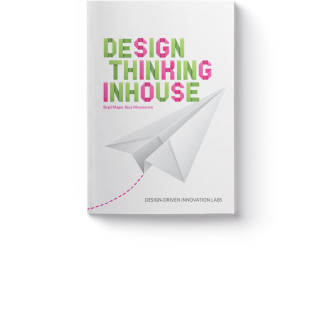
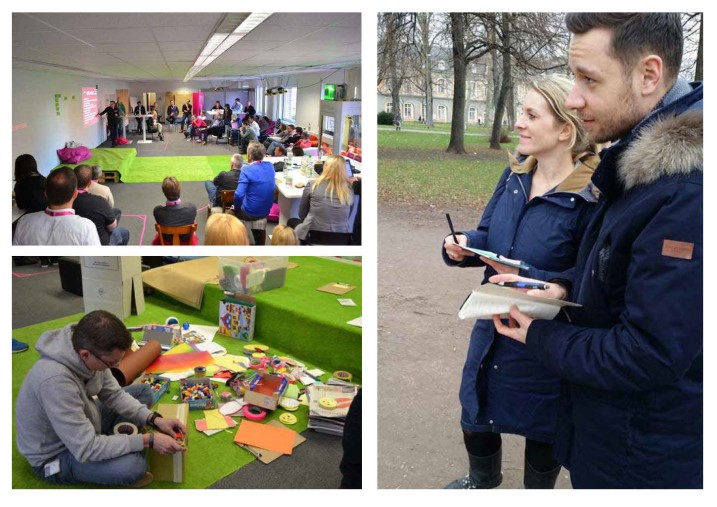
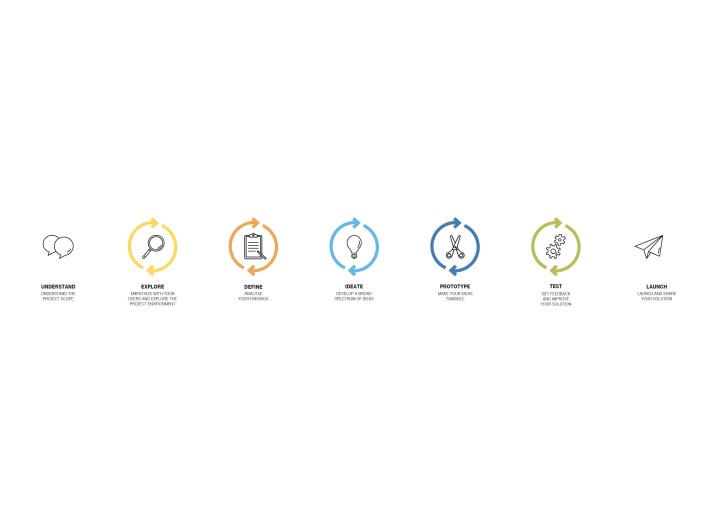
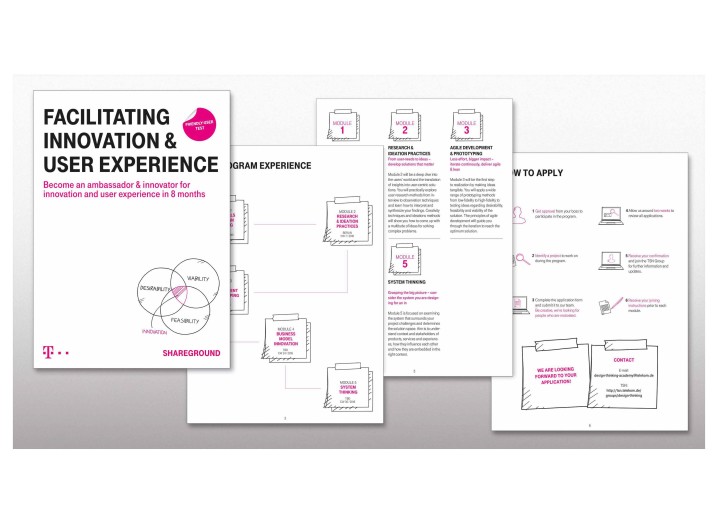
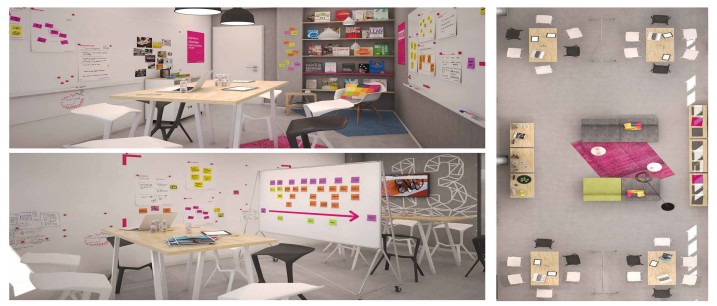

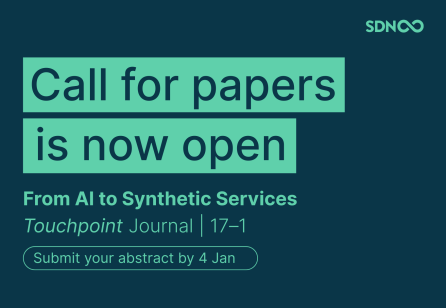



Share your thoughts
0 RepliesPlease login to comment